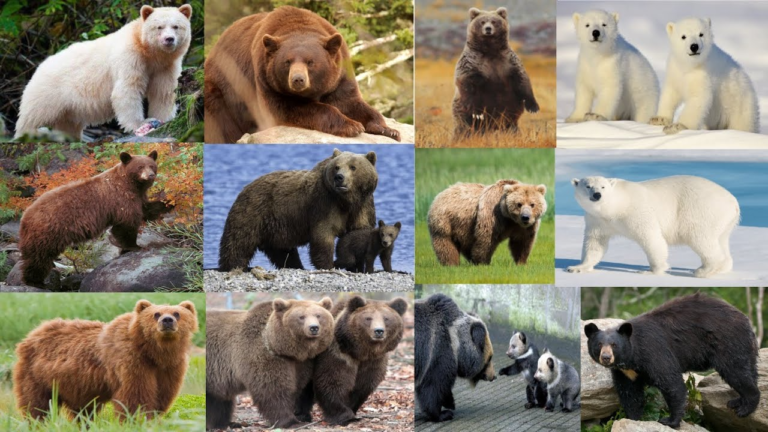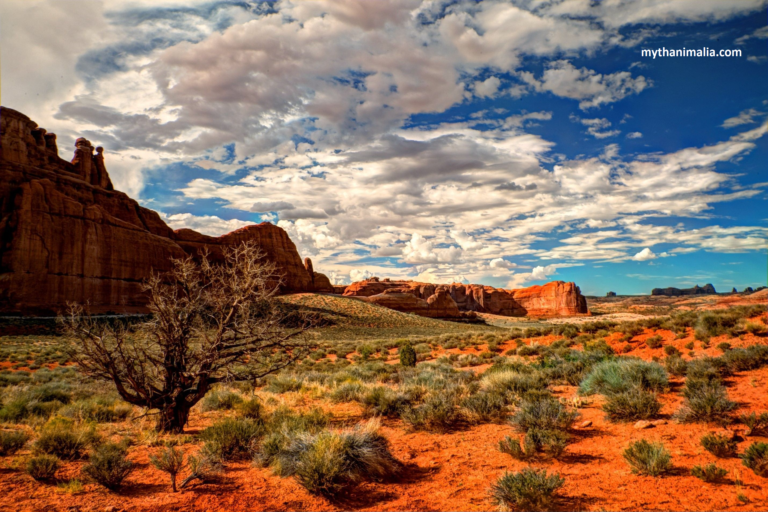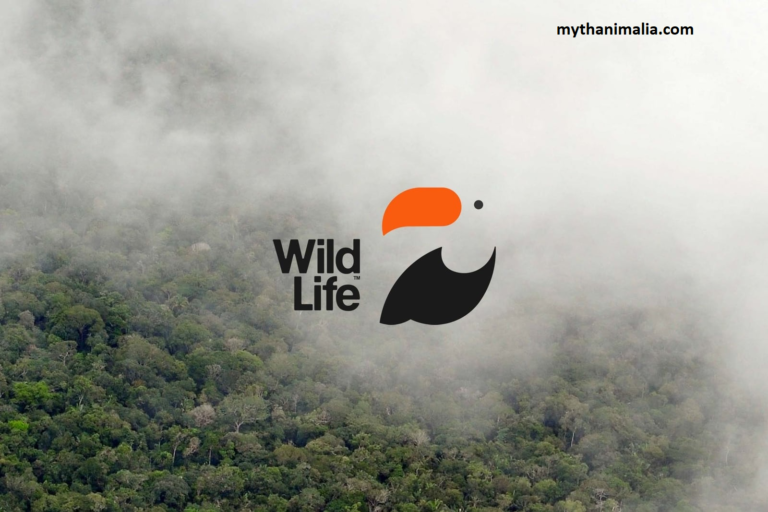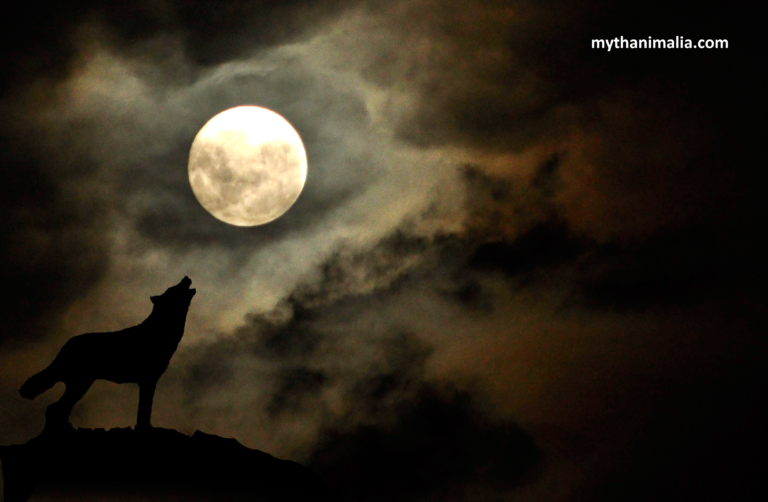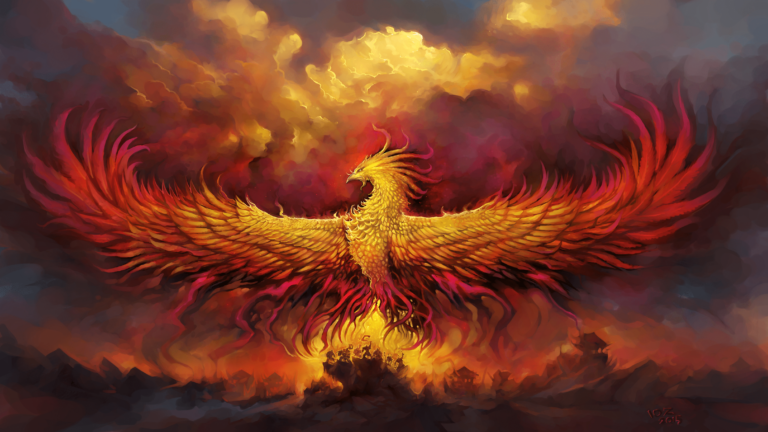Alaska Wildlife, Nature Alaska Tours
Alaska wildlife is a testament to the state’s pristine natural beauty. The diverse species and ecosystems make it a unique destination for wildlife enthusiasts. Alaska, known for its breathtaking landscapes and untamed wilderness, is a haven for wildlife enthusiasts. Alaska boasts diverse unique species, from majestic grizzly bears roaming the vast tundras to graceful orcas gliding through icy waters.
Unique Species in Alaska
- Iconic Mammals
- Fascinating Marine Life
1- Iconic Mammals
Alaska is home to some of the most iconic mammals in the world. The mighty grizzly bears, with their powerful presence, roam freely in the tundras, while the impressive moose gracefully navigate the forests. These mammals contribute to the rich tapestry of Alaska’s wildlife, captivating both locals and visitors alike.
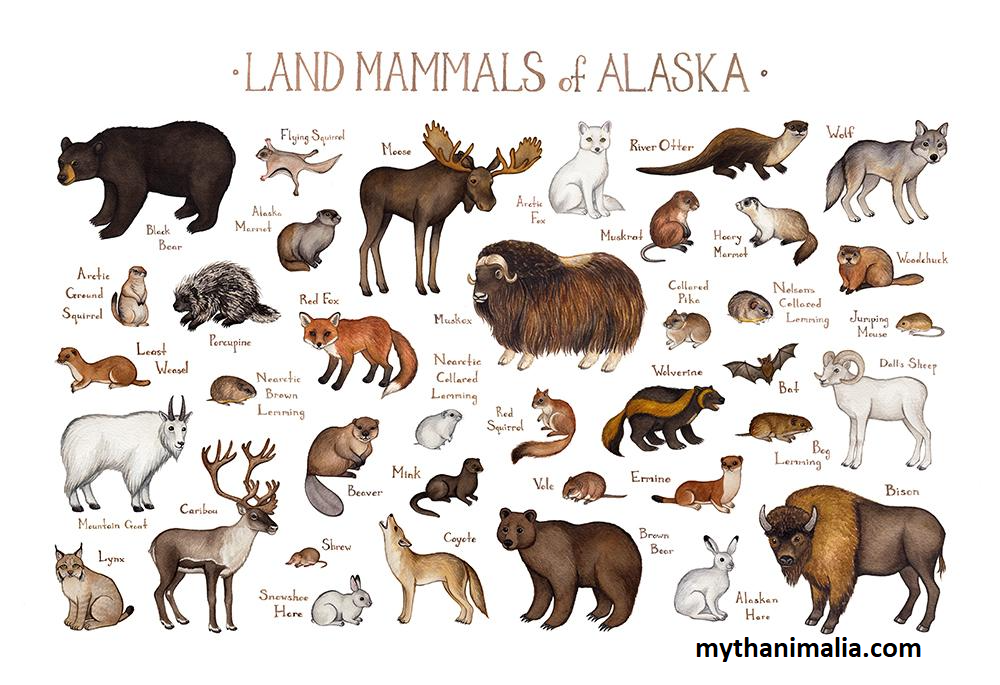
2- Fascinating Marine Life
The coastal waters of Alaska host a mesmerizing display of marine life. Orcas, known as the wolves of the sea, and humpback whales, with their majestic breaches, add to the allure of Alaska’s marine ecosystems. The diversity of marine species reflects the health of Alaska’s oceans.
Birdwatcher’s Paradise
- Bald Eagles
- Puffins and Other Seabirds
1- Bald Eagles
Alaska is synonymous with bald eagles, and witnessing these majestic birds in their natural habitat is a highlight for birdwatchers. The sight of bald eagles soaring through the skies or perched on treetops is a testament to the thriving birdlife in the region.
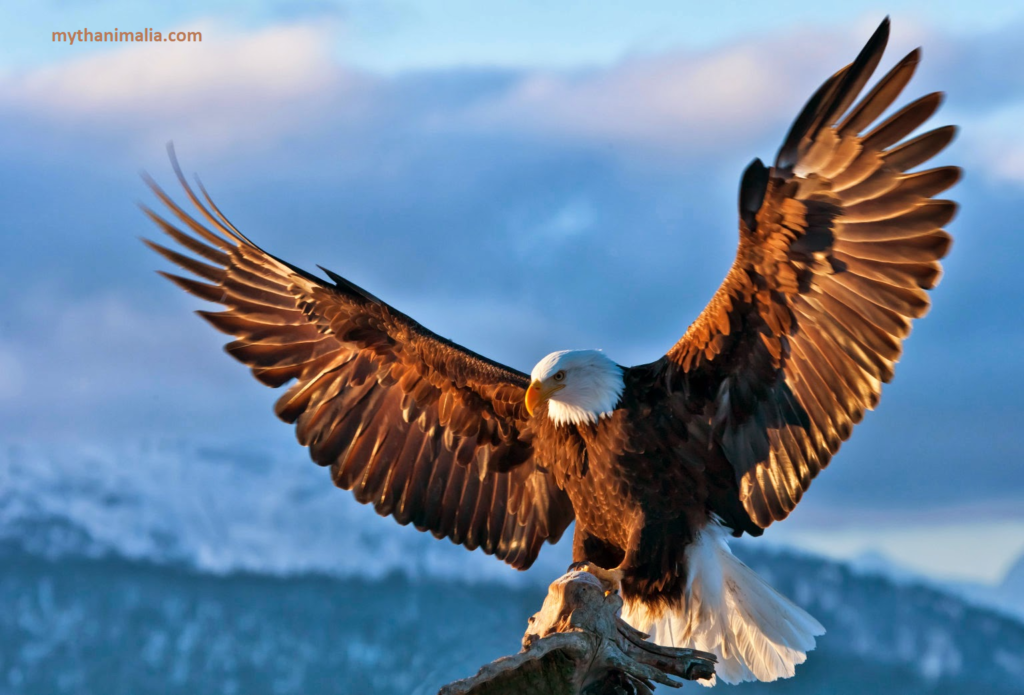
2- Puffins and Other Seabirds
The coastal cliffs and islands of Alaska provide nesting grounds for puffins and a variety of seabirds. Their comical antics and vibrant plumage make them a delight for bird enthusiasts. Exploring these seabird habitats offers a unique perspective on Alaska’s avian diversity.

Alaska’s Ecosystems
- Tundra Ecosystems
- Forest Ecosystems
- Coastal Ecosystems
1- Tundra Ecosystems
The vast tundras of Alaska are home to resilient plant and animal life. Exploring these Arctic landscapes reveals the unique adaptations of flora and fauna to freezing conditions. The tundra ecosystems contribute to the overall biodiversity of the state.
2- Forest Ecosystems
Alaska’s extensive forests harbor diverse wildlife, including bears, moose, and a myriad of bird species. Understanding the delicate balance within these forest ecosystems is crucial for the conservation of Alaska’s wildlife and their habitats.
3- Coastal Ecosystems
The intricate coastal ecosystems of Alaska provide a crucial breeding ground for marine life. Maintaining the health of these coastal habitats is essential for the survival of species like salmon and the orcas that depend on them.
Wildlife Conservation Efforts
- Challenges Facing Alaska’s Wildlife
- Conservation Initiatives and Success Stories
1- Challenges Facing Alaska’s Wildlife
While Alaska’s wildlife is awe-inspiring, it faces numerous challenges. Climate change, habitat destruction, and human activities pose threats to the delicate balance of ecosystems. Acknowledging these challenges is the first step toward effective conservation.
2- Conservation Initiatives and Success Stories
Alaska’s commitment to wildlife conservation is evident in various initiatives. From protected areas to community-driven projects, efforts are underway to safeguard the state’s natural heritage. Success stories highlight the positive impact of dedicated conservation endeavors.
Where do you see the most wildlife in Alaska?
Denali’s Park Road offers a solid chance to see Alaska’s big 5 wolves, moose, grizzly bears, and caribou. The 95-mile stretch of road is only accessible by park buses, which means traffic is relatively low, and that lends itself to more wildlife activity.
Wildlife Tourism
- Popular Wildlife Destinations in Alaska
- Responsible Wildlife Viewing
1- Popular Wildlife Destinations in Alaska
For those seeking immersive wildlife experiences, Alaska offers a range of destinations. Denali National Park, Kenai Fjords, and Kodiak Island are among the top spots for observing wildlife in their natural habitats. These locations provide a glimpse into the untamed beauty of Alaska.
2- Responsible Wildlife Viewing
Responsible tourism is crucial for the well-being of Alaska’s wildlife. Following ethical guidelines, such as maintaining a safe distance and minimizing human impact, ensures that future generations can continue to marvel at the state’s diverse flora and fauna.
Threats to Alaska’s Wildlife
- Climate Change Impact
- Human Activities Affecting Wildlife Habitats
1- Climate Change Impact
Alaska is not immune to the effects of climate change. The warming temperatures and melting ice have profound implications for wildlife, affecting migration patterns and food sources. Understanding and addressing these impacts are essential for preserving Alaska’s ecosystems.
2- Human Activities Affecting Wildlife Habitats
As human activities expand, wildlife habitats are increasingly encroached upon. Balancing the needs of communities with the conservation of natural spaces is a delicate task. Sustainable development practices are crucial to mitigate the impact on Alaska’s wildlife.
Unique Adaptations of Alaska’s Wildlife
- Surviving Harsh Winters
- Behavioral Adaptations
1- Surviving Harsh Winters
Alaska’s wildlife has evolved remarkable adaptations to endure harsh winter conditions. From growing thick fur to hibernating, these adaptations showcase the resilience of species like the Arctic fox and snowshoe hare.
2- Behavioral Adaptations
The behavior of Alaska’s wildlife is shaped by the challenges of their environment. Understanding these behavioral adaptations provides insights into the intricate relationships between species and their ecosystems.
Traditional Knowledge in Wildlife Conservation
Indigenous communities in Alaska have a deep connection with the land and its wildlife. Traditional knowledge passed down through generations contributes significantly to conservation efforts. Collaborative approaches that respect indigenous perspectives are crucial for sustainable conservation.
FAQ’s
Q1- What Wildlife Can I See in Alaska?
A1- Alaska’s wildlife includes grizzly bears, bald eagles, moose, caribou, orcas, humpback whales, and an array of bird species. The state’s diverse ecosystems support a wide variety of animals.
Q2- How Do I Plan an Alaska Wildlife Tour?
A2- Planning an Alaska wildlife tour involves choosing the right season, selecting reputable tour operators, and preparing for various weather conditions. Prioritize guided tours that prioritize wildlife conservation and ethical practices.
Q3- What Makes Alaska a Nature Lover’s Paradise?
A3- Alaska’s unique features, including its diverse ecosystems, iconic wildlife, and vast wilderness, make it a haven for nature lovers seeking authentic and awe-inspiring experiences in unspoiled landscapes.
Q4- Why is Responsible Tourism Important in Alaska?
A4- Responsible tourism is crucial in Alaska to minimize the impact of human activities on delicate ecosystems, contribute to conservation efforts, and ensure the long-term sustainability of its natural wonders.

